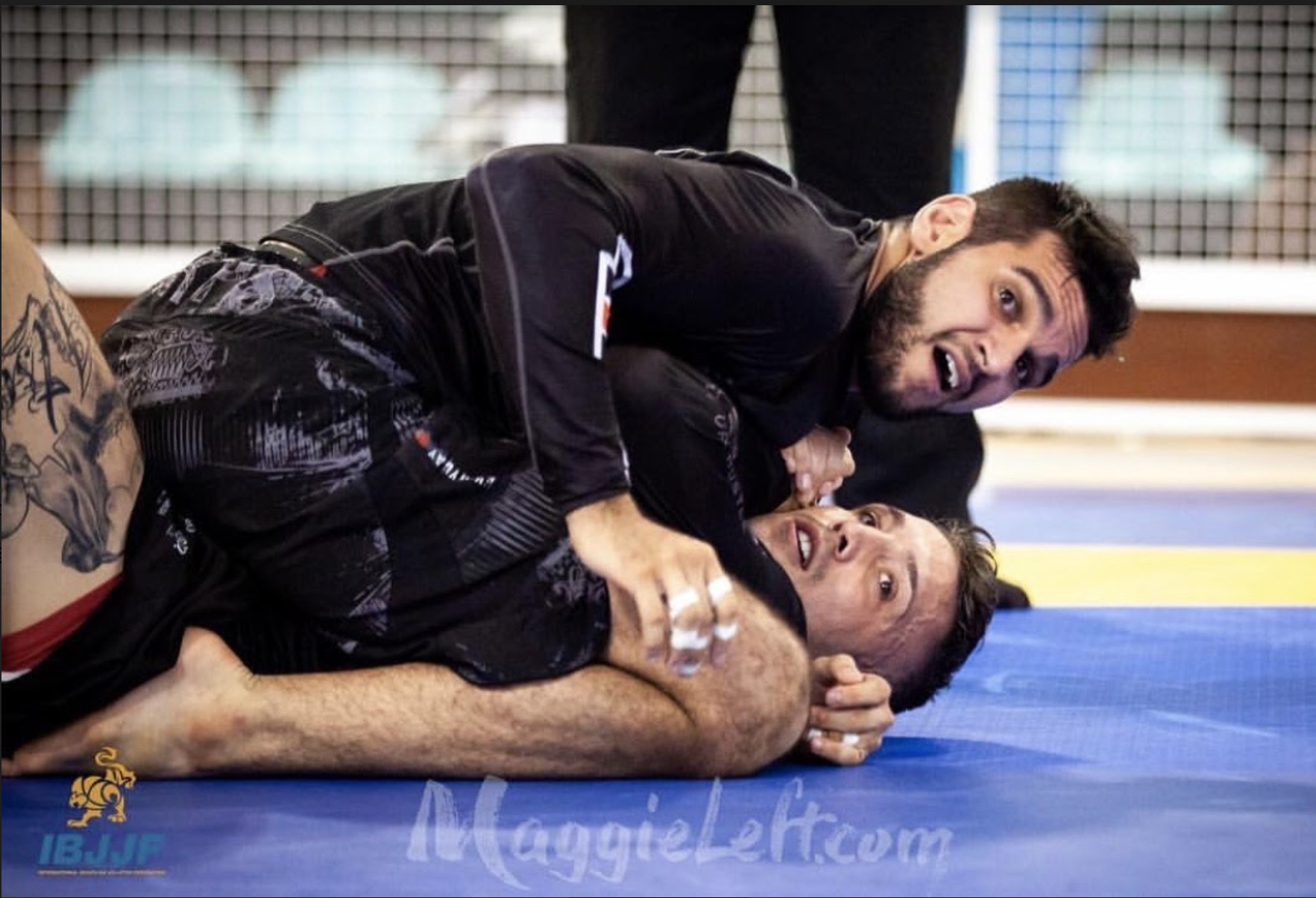Hailing from Campo Grande, Rio de Janeiro, Patrick Almeida has an interesting history in Jiu-Jitsu. This black-belt under Everaldo Penco, age 26, almost became a doctor before turning into a voracious competitor in the sport popularized by the Gracie family.
The opportunity came at a college in Kursk, Russia, due to Patrick’s good performance in his studies and in his training at Team Nogueira, in Rio. With his suitcases packed and opportunities in hand the young athlete went to Russia without knowing what his new life would be like.
“It was incredible going through this entire experience in Russia — the classes I took in medicine, everything I experienced to get where I am today,” he said in a recent interview. “There, at college, there were sambo lessons, and I decided to train a bit. It was something different, and I managed to stand out among the Russians that were in the class with me. It was because of the hard roll I gave them that I gained their respect. I ended up becoming a teacher over there because of an invitation from the Snow Ball church, which already had an interest in offering jiu-jitsu classes. Thanks to a job well done, the classes grew, and I had the opportunity to move to a bigger town with more of a training structure.”
At that point, Patrick’s life started changing a lot, as he went on to explain. “It all happened very fast until, because of a recommendation from a friend of mine, Mahamed Aly, I moved to St. Petersburg to keep studying at its federal college, to train and to help out at another gym. As I competed, winning most competitions, like the IBJJF’s Moscow Open, one of the country’s hardest-fought ones, my desire to become a high-performance athlete grew more and more. That was when I decided to leave medicine aside for a while to live my current life. But I still intend to be a student again and study medicine in the U.S., but I’m gonna need a scholarship. Each semester costs, on average, 60 thousand dollars.”
Patrick, who is getting certified as a personal trainer and studying nutrition and business administration, currently lives in Hawaii. He described his mission there as helping the growth of his team and training partners.
“Technically,” he said, “BJJ in Hawaii is advanced due to influence from BJ Penn, who was the IBJJF’s first American world champion. But because of the lifestyle they lead, some still view the sport as something recreational most of the time, and don’t have a very strong interest in competition. In Russia, for example, those students of mine didn’t have very refined ground technique because of the late introduction of jiu-jitsu, but most athletes from there are at a high level in judo and wrestling, which makes the sparring more explosive and aggressive. They are different styles, but both are great. We already had good results with the children from here at the Pan Kids, and the adults are winning medals and titles in some opens.”
Not knowing how long the pandemic will last, Patrick outlined his goals for 2021, when he intends to take part in the ADCC trials. With that in mind, he’s been training with Horlando Monteiro, Scotty Hao and other local athletes of BJJ and MMA. “I’m always giving the most with the best that I have now. I’m very excited with my career as an athlete and I see it’s gonna work out. I want to fight at the ADCC, already thinking of transitioning into MMA in two years.”


